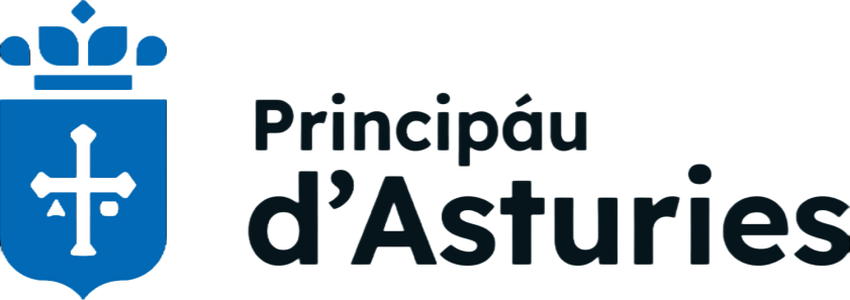By: I.Diego/Asturias4STEAM. 03/10/2023.
Intro
In this post we try to determine if the choice of STEM studies in Asturias is conditioned by the socioeconomic level of the families. The Integrated University Information System includes in its University Student statistics, an open dataset, two socioeconomic variables related to the level of occupation of the parents.
Information on the occupation category of the parents is collected only for students under 30 years of age of Spanish nationality enrolled in degree studies at face-to-face universities and registered with their parents. The 10 major occupational groups (ISCO-08 based) are classified into three categories: High, Medium, Low.
In the 2019-2020 academic year, 42.2% of the students at the University of Oviedo, Asturias public university, came from families in which at least one of their parents was in a high occupation group. This group gains even more weight in Engineering (45.1%) and in Science degrees (47.8%). At the other extreme, students whose two parents were in the group of low occupations represented 22.8% and their presence is even lower in Engineering (22.3%) and Science degrees (18.9%).
Practically half of the students in STEM degrees have parents with high occupations. This group doubles that of students with parents in low occupations or unemployed.
The differences for each occupation group between the University of Oviedo and the average of the State's Public Universities do not exceed two percentage points. In the case of students with parents with low occupations, the exception would be Engineering degrees with figures more than three points above the state average (+3.7).
The percentage of students whose parents have low-level occupations is higher among women (24.6%) than among men (20.6%). These differences are also observed in Engineering and Science.
The pattern is reversed in the case of families with at least one parent in a high-level occupation. In this case, the percentage of men (47%) is 9 points higher than that of women (38%). The gap remains in both Science and Engineering degrees, although the differences are not as marked.
In the period 2016-2020, the presence of university students with parents in low or unemployed occupations is decreasing, while university students whose parents work in medium and high occupations are gaining weight.
The percentage of students with parents with low occupations or unemployed in Engineering shows a similar evolution to that of all branches with a decrease of 4 percentage points. In the case of Sciences, they went from 24% in 2015-2016 to 18.9% in 2019-2020.
In the case of university degrees in computer science, the pattern and trend are similar. The percentage of students from advantaged families has increased by 7 points in recent years. In contrast, students from disadvantaged backgrounds have seen their presence decrease by 6 points. (26,5% to 20,4%)
Concluding remarks
Does the socioeconomic level of families determine the choice of STEM studies in Asturias? In view of the data, the answer is affirmative. The low presence of students with parents with low occupations in STEM degrees reveals the existence of a growing socioeconomic gap. A more detailed exploration of the causes of this phenomenon and its combined impact with the gender gap will be needed to propose measures to reverse this trend and ultimately ensure that the University offers truly inclusive training in the STEM field.



